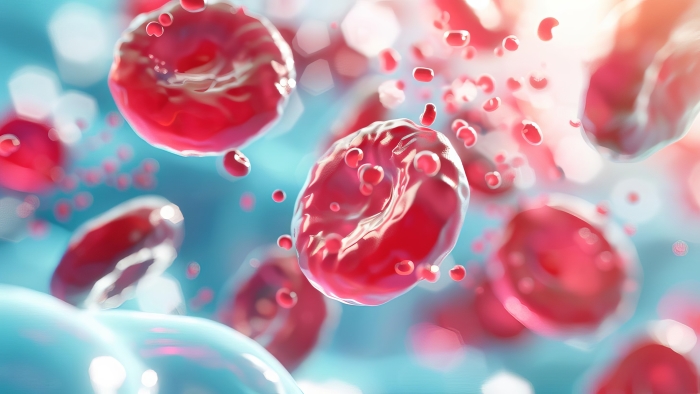Understanding the Complexities of Hemolytic Anemias

Differentiating Between Types of Hemolytic Anemia
By: Dr. Gregory Denomme PhD, FCSMLS (D)
Warm Autoimmune Hemolytic Anemia (WAIHA)
In WAIHA, IgG autoantibodies react at body temperature, triggering a proinflammatory state that stimulates B-cells to produce these antibodies. The autoantibodies coat RBCs, leading to their destruction by macrophages in the spleen.
Diagnosis of WAIHA involves: Positive DAT for IgG and C3d; positive eluent for IgG; presence of autoantibodies in serum; and elevated indirect bilirubin and LDH levels
Treatment Approaches for WAIHA
- Primary treatment: Corticosteroids to inhibit B-cell activity and reduce macrophage-mediated destruction
- Other treatments: Rituximab, Daratumumab, Ianalumab, Povetacicept, Obexelimab, and Nipocalimab.
Cold Agglutinin Disease (CAD)
-
In CAD, IgM autoantibodies react at lower temperatures, often associated with infections like Mycoplasma pneumoniae or Epstein-Barr virus, or with lymphoid malignancies. Clonal expansion of B-cells producing anti-I antibodies is a hallmark of this condition.
Diagnosis of CAD involves: Positive DAT for C3b and C3d; high titer of cold agglutinins with a thermal range above 30°C; and symptoms that worsen in cold environments
Treatment Approaches for CAD
- Management: Avoidance of cold exposure and keeping the patient and blood warm during transfusions
- Treatment for underlying conditions: Addressing infections or lymphoid malignancies
- Sutimlimab: An anti-C1s antibody that blocks complement activation, reducing hemolysis
Paroxysmal Cold Hemoglobinuria (PCH)
PCH is caused by a biphasic hemolysin, an IgG autoantibody that reacts in two phases. It often follows viral infections in children and causes hemolysis at cold temperatures followed by destruction at body temperature.
Diagnosis of PCH involves the Donath-Landsteiner test.
PCH often resolves spontaneously in children, though in severe cases, corticosteroids may be used to reduce hemolysis.